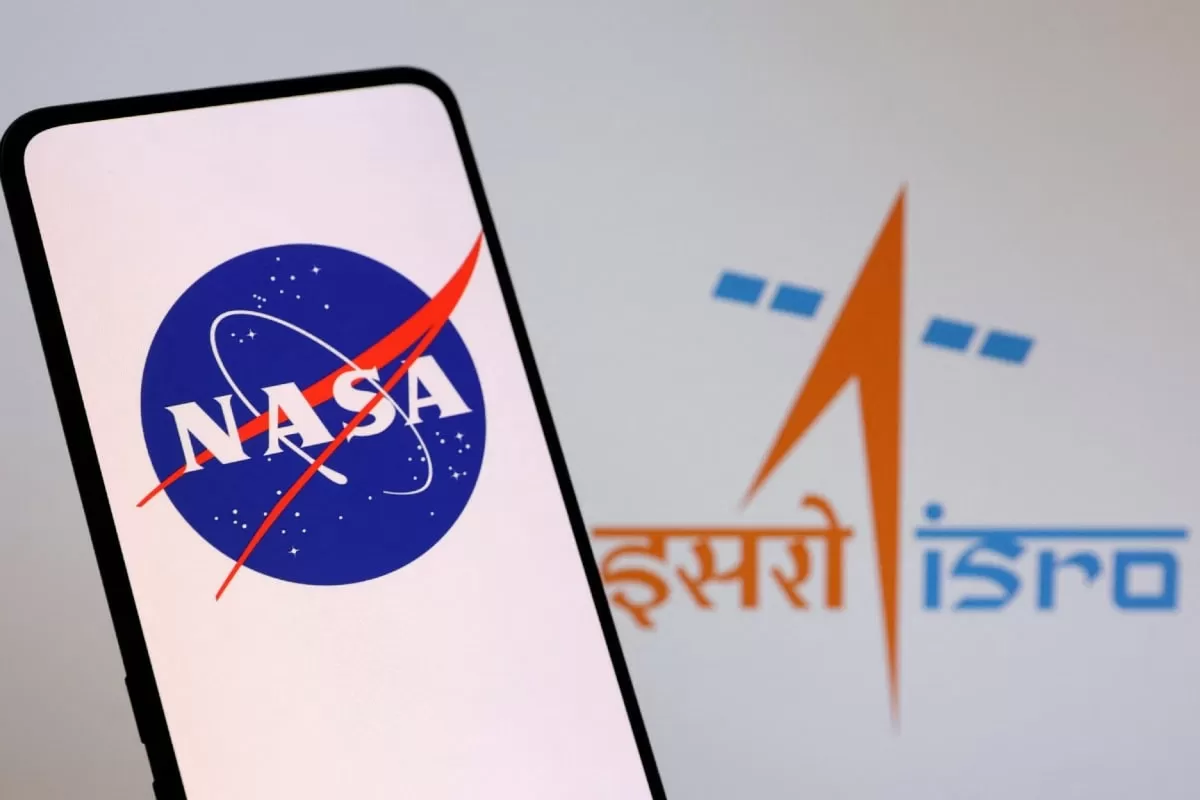NASA and ISRO Join Forces for Advanced Space Missions
The National Aeronautics and Space Administration (NASA) and the Indian Space Research Organization (ISRO) have been working together for many years, sharing knowledge and resources to advance space exploration. And now, they are taking their partnership to new heights with the announcement of a joint mission to the International Space Station (ISS).
According to US envoy to India Eric Garcetti, NASA will provide advanced training to Indian astronauts to prepare them for this historic mission. This is a significant step towards strengthening the relationship between the two space agencies and showcasing the capabilities of both nations in the field of space exploration.
The joint mission to the ISS is a testament to the growing cooperation between NASA and ISRO. It is a result of years of collaboration and mutual respect for each other’s achievements in space technology. This mission will not only benefit both countries but also the entire world, as it will pave the way for future joint missions and scientific discoveries.
The ISS is a multinational space station that serves as a research laboratory for astronauts from different countries. It is a symbol of international cooperation and a platform for conducting experiments and studies in microgravity. With this joint mission, India will become the fourth country to send its astronauts to the ISS, after the United States, Russia, and China.
The training provided by NASA to Indian astronauts will be rigorous and comprehensive, covering all aspects of space travel, including spacewalks, robotics, and emergency procedures. This will not only prepare them for the mission but also equip them with the necessary skills and knowledge to contribute to future space missions.
In addition to the joint mission to the ISS, NASA and ISRO are also collaborating on another groundbreaking project – the NASA-ISRO Synthetic Aperture Radar (NISAR) mission. This joint Earth-observing mission will soon be launched from the Satish Dhawan Space Center in India. It will use advanced radar imaging to study and monitor changes in the Earth’s surface, such as ice sheets, vegetation, and water levels.
The NISAR mission is a prime example of how NASA and ISRO are leveraging each other’s strengths to achieve common goals. With its advanced radar technology, NASA will provide valuable data and insights, while ISRO will contribute its expertise in launching satellites and managing ground operations.
The collaboration between NASA and ISRO goes beyond just space missions. The two agencies have also been working together on various research projects, such as studying the effects of climate change and developing new technologies for space exploration. This partnership has not only strengthened the ties between the two countries but also contributed to the advancement of science and technology on a global scale.
The joint mission to the ISS and the NISAR mission are just the beginning of what promises to be a long and fruitful partnership between NASA and ISRO. As we look towards the future, we can expect to see more joint missions and collaborations that will push the boundaries of space exploration and benefit humanity as a whole.
The announcement of the joint mission to the ISS and the upcoming launch of the NISAR mission has generated excitement and pride among the people of both nations. It is a testament to the capabilities and potential of India’s space program and a recognition of the country’s growing role in the global space community.
In conclusion, the joint mission to the ISS and the NISAR mission are significant milestones in the partnership between NASA and ISRO. They represent a new era of cooperation and collaboration in space exploration, and we can only imagine the possibilities that lie ahead. As we embark on this journey together, let us celebrate this achievement and look forward to a bright future of space exploration, driven by the joint efforts of NASA and ISRO.

